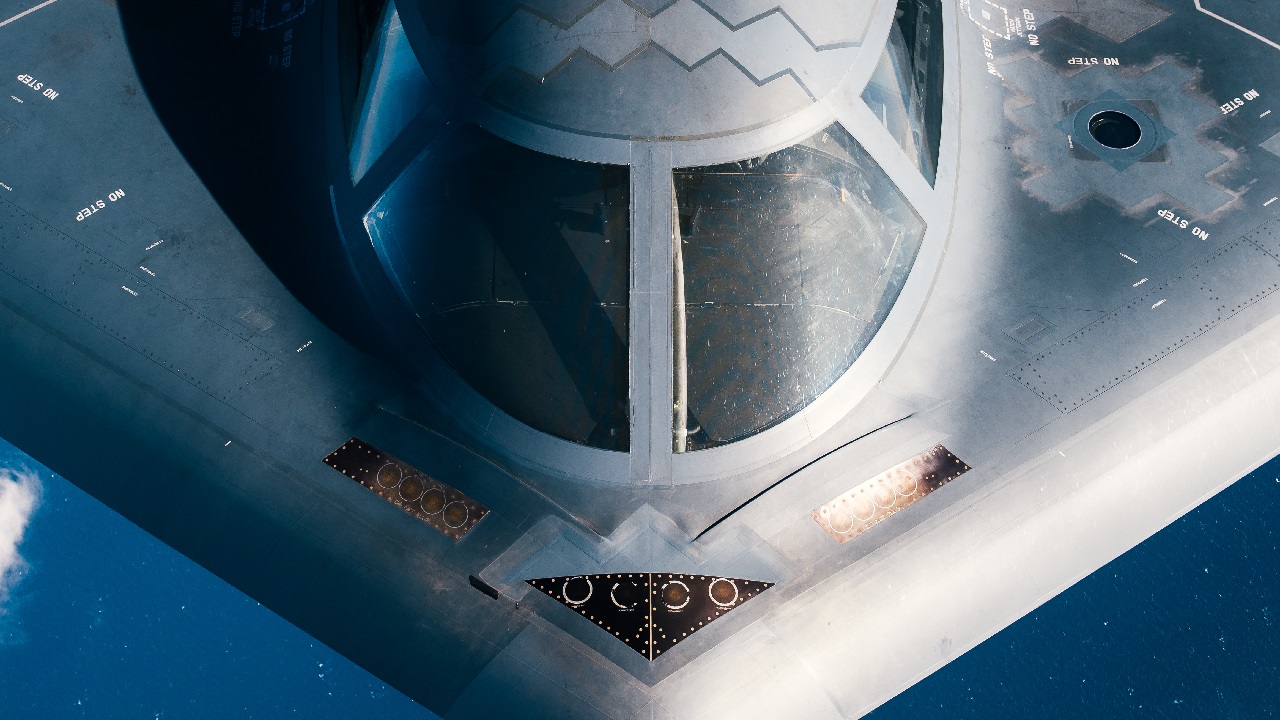In the current version of the defense House Appropriations bill, appropriators have denied the Pentagon’s request for multiyear contracting authority for two specific munitions and made billions of dollars of cuts to precision missile programs, while pumping significant funding into weapons systems the Defense Department didn’t request.
In so doing, the appropriators put themselves at odds with the rest of Congress, the Pentagon, and U.S. national defense priorities.
Consensus is rare in Washington, D.C. It seemed, however, to exist for a brief moment on the pressing need for the U.S. to increase the quantity of precision munitions and the associated production capacity.
Lawmakers on both sides of the aisle agree that the U.S. does not have sufficient munitions production capacity. The talking point is used so frequently, it’s almost monotonous: the Pentagon needs the authority and money to sign multiyear contracts for munitions—or the U.S. will constantly find itself in a precarious position.
Apparently, the House Appropriations Committee has other priorities.
Its annual appropriations bill, which passed the committee at the end of June, cuts more than $2.5 billion from missile procurement across the military services, such as the Joint Air-to-Surface Standoff Munition, the Long Range Anti-Ship Munition and the Advanced Medium Range Air-to-Air Munition, all of which would be critical for a war with China.
JASSM funding alone was cut by a whopping $769 million. The LRASM and AMRAAM each lost over $200 million in funding.
While appropriators are rightly concerned about limiting spending, these cuts to munitions did not lower topline defense spending, but instead were redistributed to lower-priority defense accounts.
The committee also spurned the Pentagon’s request for multiyear procurement authority for two key munitions—the Standard Missile-6 and the Advanced Medium-Range Air-to-Air Missile.
Typical procurement processes require the Pentagon to use a contract for each year’s purchases. But multiyear procurement authorities allow the Pentagon to buy and commit funding for up to five years’ worth of an item in one contract, with penalties to the government if it breaks this purchase commitment. This carries the typical advantages of buying in bulk: Larger orders allow contractors to take advantage of economies of scale, which can create big savings for the Defense Department and the taxpayer.
The current push for multiyear authorities for munitions is not focused solely on the cost aspect, however. The other problem policymakers are hoping to solve in this case is the U.S.’s dangerous shortfall of munitions and lack of munitions production capacity. By locking in munitions purchase requests, multiyear contracts also prevent the Department of Defense from taking munitions-appropriated money and using it to pay other accounts and wildly varying its requests.
Multiyear contracts give contractors the predictability and the demand signal they need to invest in growing their facilities and workforce. Such contracts also allow them to work more efficiently. Indeed, the Senate Armed Services Committee reportedly includes a provision in the National Defense Authorization Act to add “industrial base stability” as a legislative reason for multi-year contracts in addition to “significant cost savings.”
Both authorizing committees have increased the numbers of munitions eligible for multiyear contracts.
The U.S. military’s munitions shortfall is a serious one. Within two months of the February 2022 start of the Ukraine conflict, the U.S. had already sent approximately one-third of its Stinger missiles and one-quarter of its Javelin missiles to Ukraine—a fact that made military planners and members of Congress nervous, to say the least. Compounding that nervousness was the fact that Raytheon (the company that manufactures Stinger missiles) said it would be unable to deliver more of the missiles for two years.
Problems like this are common across the munitions industrial base. Long lead times for components, workforce recruitment problems, and maxed-out facilities all stem from the same fact: The defense industrial base is optimized for peacetime defense needs.
As the U.S. enters a new era of great power competition and faces down aggression from Russia and China, that needs to change. There’s bipartisan consensus on the fact. But the House Appropriations Committee seems not to understand that goal, or the role multiyear contracting authorities can play in ensuring the U.S. will have the munitions it needs.
The committee report cites the Department of Defense’s “lack of justification” for the munitions and multiyear authorities it requested, but the report itself shows an obsession with “cost savings” that is at best a tertiary consideration for locking in multiyear buys of munitions.
Our soldiers, sailors, airmen and Marines need far more munitions than they currently possess. Signing multiyear contracts will ensure that we produce more munitions.
Oddly enough, while the bill cuts billions from munitions, lower-priority programs (like the C-130J and V-22 aircrafts, which the services did not request) receive significant increases for parochial reasons.
In advocating for multiyear procurement authority for munitions, policymakers are asking for Congress, the Pentagon, and industry to each put skin in the game for the sake of a vital defense need. And the House Appropriations Committee seems unwilling to do that.
National defense is costly, and that’s unlikely to change as China expands its military capabilities now and in coming years. But blocking multiyear authorities for munitions is costly, too.
House appropriators’ actions here will cost time and money for munitions—and leave Americans less safe as a result.
Thomas Spoehr is Director of the Center for National Defense at The Heritage Foundation. John Venable is a Senior Research Fellow for Defense Policy, and Maiya Clark is a Senior Research Associate, in the Center.

